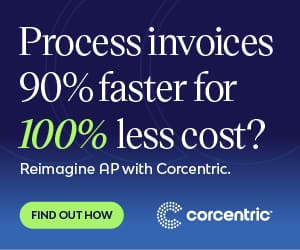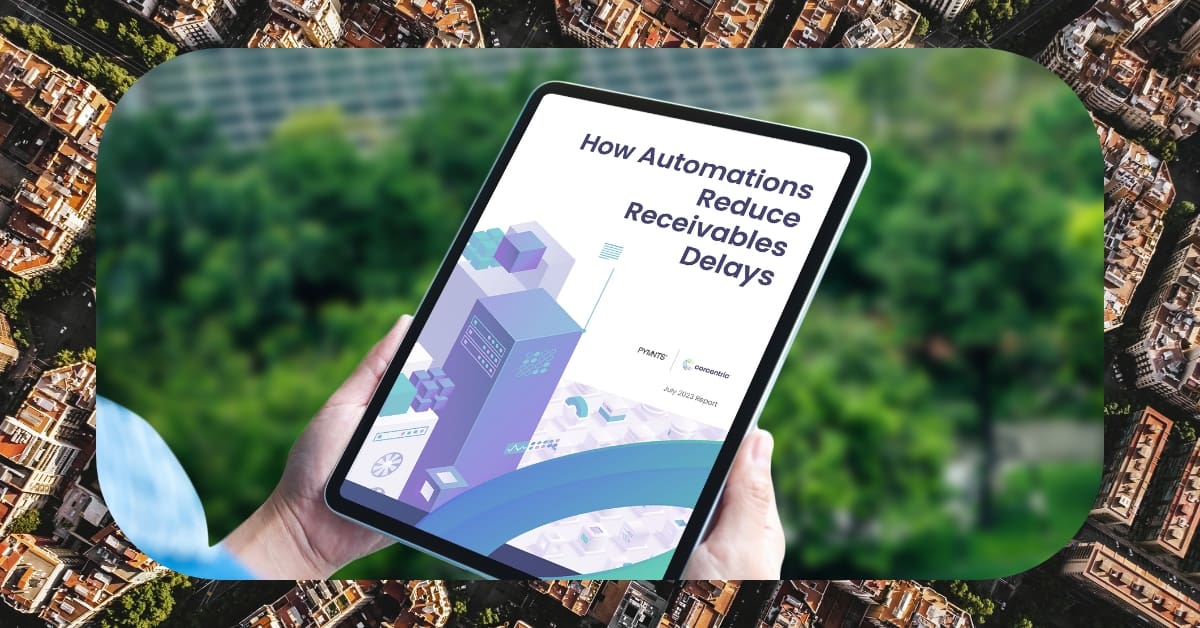P2P Control Software: Improving Operational Performance With Accounts Payable Automation Tool

P2P CONTROL SOFTWARE
The way an organization manages its accounts payable has the potential to significantly improve operational performance and competitiveness. However, manual processes and low adoption of automation technology are often deterrent in this regard. This is particularly true for the implementation of an automated peer-to-peer (P2P) control system with software for accounts payable (AP).
In order for finance executive to bring about positive change, he or she must be mindful of the fact that automation technology can lead to greater efficiency. This can be achieved by automating common tasks like data entry and reconciliations, paper-based transactions and document management, authorization, and tracking of workflow. Automating the accounts payable process enables companies to improve accuracy, reduce processing costs, and secure faster payment settlements.
In order to improve operational performance, companieshould focus on selecting the most suitable P2P software solution. The companieshould start by understanding the basic features and functionality of AP automation software and assess the differences between the various systems available. This should include the core features such as invoice entry, approval workflows, integrated payment processing, robust reporting, and analytics capability.
Additionally, the companieshould consider features such as electronic invoice capture, automated invoice matching, workflow notification, and spend visibility. These features help to streamline the accounts payable workflow and eliminate manual tasks such as double data entry, and manual calculations and reconciliations. Thus, it is essential that companies select the most advanced P2P control system software that offers the best features and functions.
The C-suite should also assess the scalability of the software solution to ensure that it can meet the companies growing needs. As AP systems need to integrate with various banking and financial systems, it is imperative for companies to ensure that the chosen software solution is well integrated with other systems. This will enable the company to scale seamlessly and respond more quickly to changes in its business environment.
Finally, comprehensive evaluation of the total cost of ownership (TCO) of the accounts payable automation is essential. While selecting the system, companieshould consider the costs associated with licensing, implementation, and maintenance. The cost should also include the training of employees, as well as the expenses associated with customization and upgrades.
By understanding the benefits of using an automated system with P2P control software, organizations can ensure improved operational performance and savings. Furthermore, when the C-suite carefully evaluates the various software solutions and adopts the most suitable one, the company will have better chances of improving performance and long-term competitiveness.

